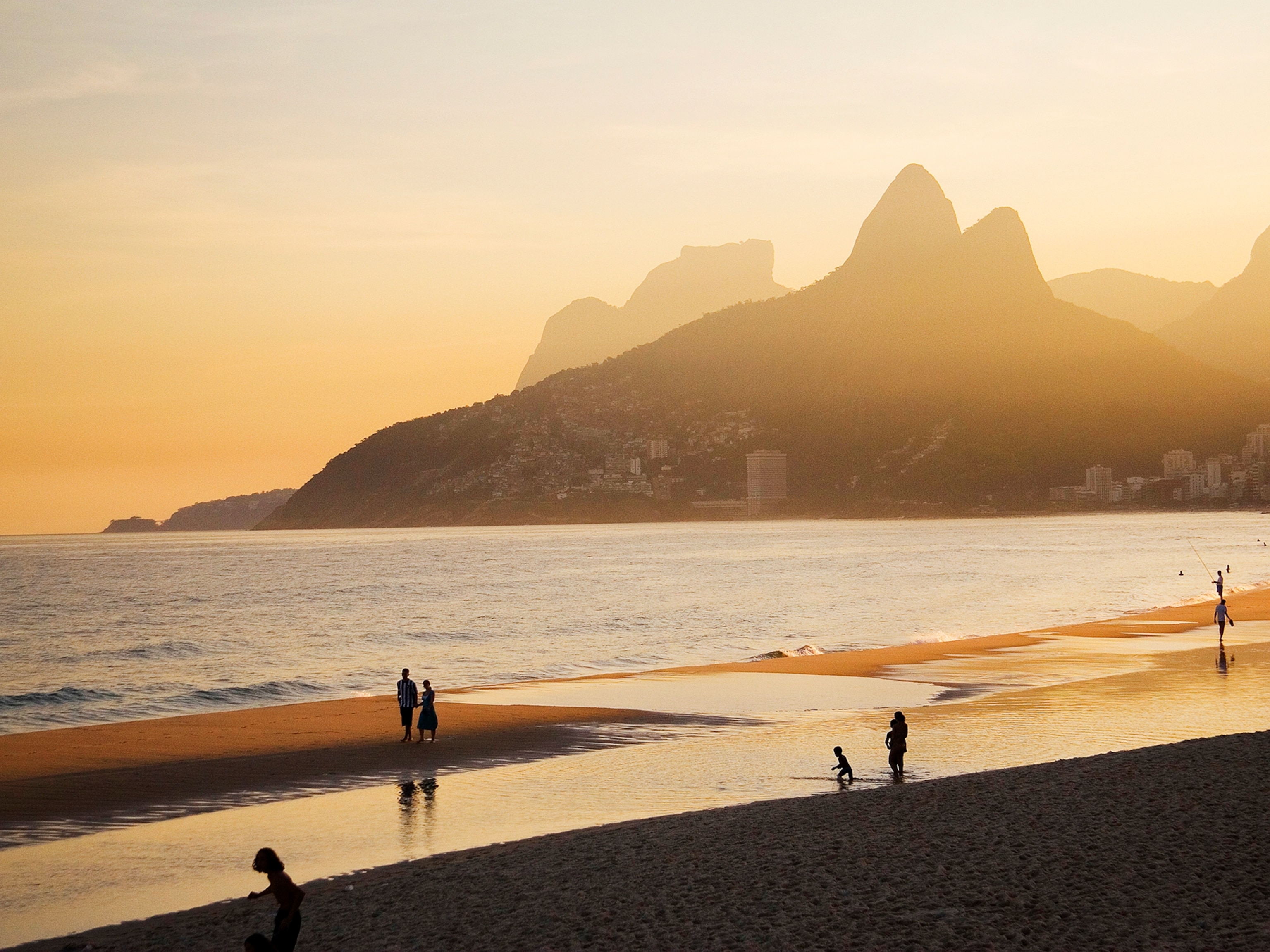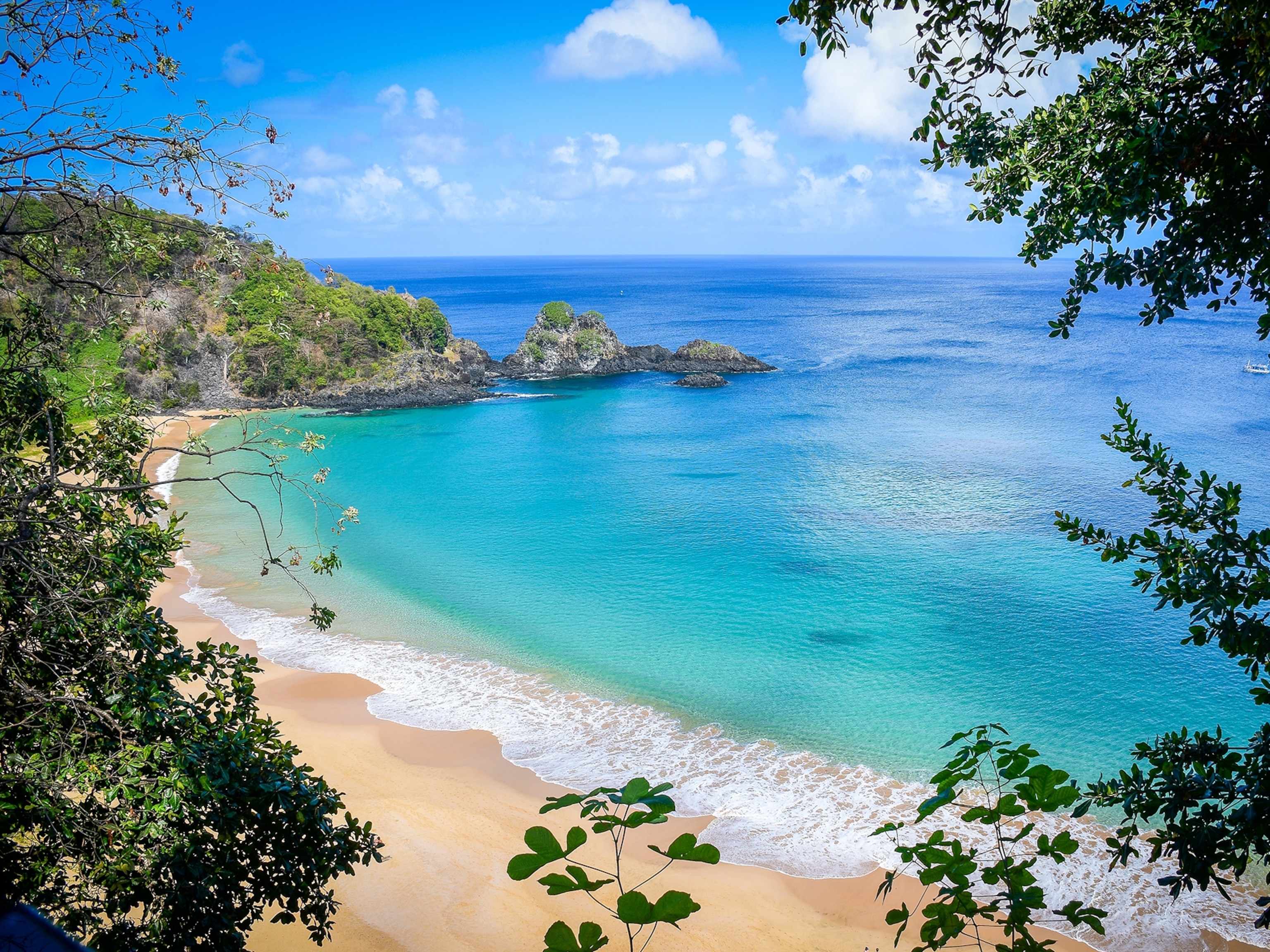
Everything to Know About Rio de Janeiro
Here's how to plan the best possible trip to Brazil's Marvelous City.
Brazilians from elsewhere often complain that outsiders’ views of the country are largely based on the beach-and-music-happy image of Rio de Janeiro. The stereotype is accurate, but Rio is also a city on the edge. Multiple edges, actually: Its richest live on the edge of iconic beaches. Its poorest live on the edge of the richest in vertical favelas they call comunidades. And because of rising crime rates, everyone lives on the edge of joie-de-vivre and fear of violence.*
When to Go
High season is the southern summer, more precisely Christmas to Ash Wednesday (aka the day after Carnaval). This is Rio boiled down to its essence, with the stress on “boiled”—average highs hover around 90. Beaches are at capacity, except on New Year’s Eve, when the fireworks over Copacabana fill the beach far beyond capacity, attracting millions. May to September is calmer, cheaper, and far more pleasant—it even rains less—but beach days are somewhat less common.
Celebrate
There could hardly be a more famous event—or an event more worthy of fame—than Rio’s multifaceted Carnaval celebration. It's officially a five-day weekend culminating on Fat Tuesday, but in reality it's a summer-long crescendo leading to that weekend, with its five nights of extravagant samba school performances at the Sambadrome Marquês de Sapucaí and the let-it-all-hang-out, beer-fueled bacchanal of street parties called blocos. As an alternative, the biannual Rock in Rio festival will be back in 2019.
What to Eat
Saturday afternoon is the official time to gorge on feijoada, the black bean and pork stew that has become Brazil’s national dish. But nothing could say “I’m Carioca” more than ordering a bowl (a tigela) of açaí. The sweetened, sorbet-like incarnation of the antioxidant-packed Amazonian fruit that has swept the world is never better than when ordered with granola and sliced banana and eaten standing at a corner juice bar in the city where “açaí na tigela” was invented.
Souvenir to Take Home
Brazil is much more than Rio, and you can get a sense of the vastness and diversity of its artistic traditions at CRAB, a Portuguese abbreviation for the Sebrae Reference Center for Brazilian Handicrafts. It’s part gallery, with intriguing exhibitions, and part tempting gift shop, which sells items by many of the same artists and artisans whose work you’ll see on display.
- National Geographic Expeditions
Sustainable Travel Tip
Rio de Janeiro has a popular bike-sharing system and plenty of ciclovias—dedicated bike lanes—on which to use them, covering most of the territory visitors are likely to traverse. And it couldn’t be cheaper: about $3 a month. The only catch: You’ll need to have a Brazilian cell phone number to use them, but you can buy a SIM card (and credit for it) at any newsstand.
Instagram-Worthy View
Rio’s fantasyland tropical landscape of mountains and beaches as seen from the top of Corcovado Mountain is not just any iconic view—it’s the iconic iconic view. Don’t even bother going on a cloudy day, and go in the afternoon so you can keep the sun at your back and point your camera east.





